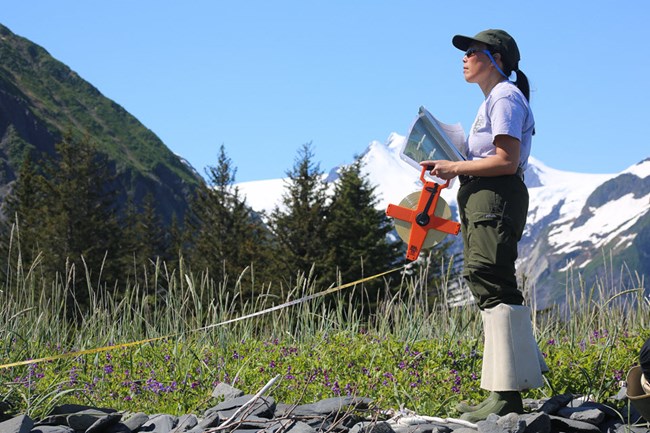
Information is a Long-term Investment
I&M networks are stewards of the irreplaceable data that result from our inventory and monitoring work. While the information we collect is useful today, it will become even more valuable in the years and decades to come.
Data management is a cornerstone of the Inventory & Monitoring networks. From planning, to field work, and through to analysis, we place our priorities on:
- Accuracy. The quality of the ecological data we collect is paramount. Analyses to detect trends or patterns require data with minimal error and bias. To ensure data of the highest possible quality, we use procedures to minimize, identify, and correct errors at every stage of the data life cycle.
- Security. Data must be protected against loss. I&M networks have storage, backup, and disaster recovery plans in place, and established processes for long-term data archiving.
- Longevity. Data sets need to be cared for. Networks must ensure that data sets are migrated to current software and formats, and accompany all data with thorough documentation.
- Accessibility. Data must be easy to find and available in many formats. Park managers and visitors, researchers, students, and the general public are all users of our data. We provide information in a range of formats, including reports and journal publications, maps, websites, and databases.

Data Standards and Procedures
Each vital sign monitored by I&M networks is governed by a detailed protocol and set of standard operating procedures. These documents, carefully written, reviewed, and tested, ensure that data collection and processing are precise and variations are kept to a minimum.Well-designed and well-documented data management systems and procedures are particularly important for the success of long-term programs such as I&M. The lifespan of data sets will extend across the careers of many staff, and regular changes in technology are expected and must be carefully managed.
Databases for storing monitoring data follow a set of common design standards that are used in all networks.These standards are updated periodically as technology and best practices evolve. Details can be found in the Inventory & Monitoring database standards (2015).
Data management-related documents and publications produced by the Inventory & Monitoring Division
Source: NPS DataStore Collection 3760. To search for additional information, visit the NPS DataStore.
Last updated: April 2, 2024
